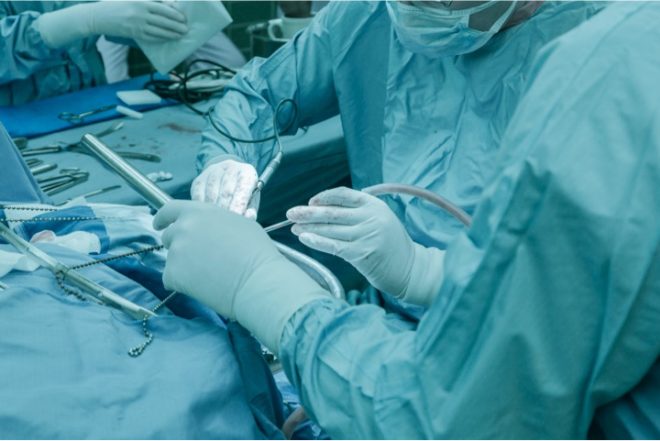Between 1994 and 2001, thirty-one children underwent an innovative and terrifying brain surgery. They weren’t the only children to receive this procedure, but they were the ones tracked by a team of doctors. Years later, these children were given cognitive tests. Nine were too mentally retarded to participate. The remaining twenty-two had scores ranging from 45 to 82 on an IQ test. An average score is roughly 100.
This was a good outcome. One you would expect from a group of children who, literally, had only half a brain.
The procedure, called a hemispherectomy, is performed only under dire circumstances. “Hemis” are generally children whose lives would have been significantly worse without the surgery. Their brains have been hit by an electrical storm, resulting in debilitating seizures. Their lives exist between these seizures, which can be relentless, sometimes counting over 100 attacks each day. As you might imagine, the life that can be lived between these attacks is meager at best.
Mental retardation is a welcome outcome in comparison. After surgery the majority of these children can care for themselves, to varying degrees. They can read and write. They can learn. Before brain surgery, none of this would have been possible.
But is that the best you can expect?
Cameron Mott was a normal, happy little girl until the age of three. Then the storm hit the right side of her brain. Her seizures were severe and relentless. The disease was Rasmussen’s Encephalitis, and the prognosis was not good.
Cameron’s cognitive abilities plummeted and her development took a sharp downward turn. Her parents were desperate for a solution and willing to try anything given her poor quality of life. There was only one option: a hemispherectomy. They were prepared for the worst, but anything was better than watching their little girl deteriorate.
Cameron awoke completely paralyzed on the left side of her body. This wasn’t a surprise. The surprise came when, roughly a year after surgery, Cameron’s IQ test came back in the normal range. As her mother wrote on the family’s blog “she will never have an educator believe that she is not capable.” She is reading at grade level, adding, subtracting and learning to write. She is a thriving, happy little girl, albeit with a huge chunk of her brain missing.
No one had expected such a phenomenal result.
Her physical progress was also particularly good. When half a child’s brain is taken out they need to relearn how to use the side of their body that had been controlled by the missing hemisphere. This requires intense physical therapy and the results are highly variable. Cameron walked out of the hospital four weeks after surgery. She still has weaker control of the left side of her body, but she has control.
Cameron was lucky. Outcomes can also fall on the other side of the scale. 115 hemi children were tracked for a 2013 study. Six years after the surgery, 28 were either in school for the disabled or cared for at home. Only 5 were attending regular school without assistance. Nine couldn’t walk.
The curious results of neurosurgical procedures apply to adults, too. In a study of 25 adults undergoing brain surgery to relieve seizures, 92 percent were seizure-free post-surgery. Their functionality, however, varied wildly. 28 percent had trouble speaking. 36 percent experienced impaired movement in the upper body, while 20 percent had impairment in their lower limbs.
Another study, this time of 20 patients, found that half experienced little difference in their ability to walk post-surgery, while 30 percent improved and 20 percent reported more trouble. 5 patients reported better hand control and 3 saw their speech improve.
This variance extends beyond hemispherectomies and beyond brain surgery meant to cure seizures. Even cutting a small slice of brain tissue can result in very different outcomes for different patients. How can the same procedure leave one patient with a significantly better quality of life, and another hardly better off than before surgery?
At least part of the answer is that our brains are all different. The brain isn’t a machine with wires and connections that must operate exactly as designed. Rather, it is constantly wiring and rewiring, making and using different connections in response to its experiences (read A Changing Brain is a Normal Brain). No two people have exactly the same experiences, so it reasons that no two people will have exactly the same wiring. Our brains are as diverse as we are (read the Myth of the Average Brain), and you can’t necessarily tell what functionality you’re cutting into by location alone.
As a result, brain surgery continues to be a risky business. Knowing there is a 30 percent chance some function will improve, a 20 percent chance it will deteriorate, and a 50 percent chance it will stay the same is neither comforting nor informative. On the other hand, knowing your brain might help you know what outcome is most likely for you.
Erin Wildermuth is an aspiring MD/PhD student and is presently working in a neuroscience lab studying memory.

